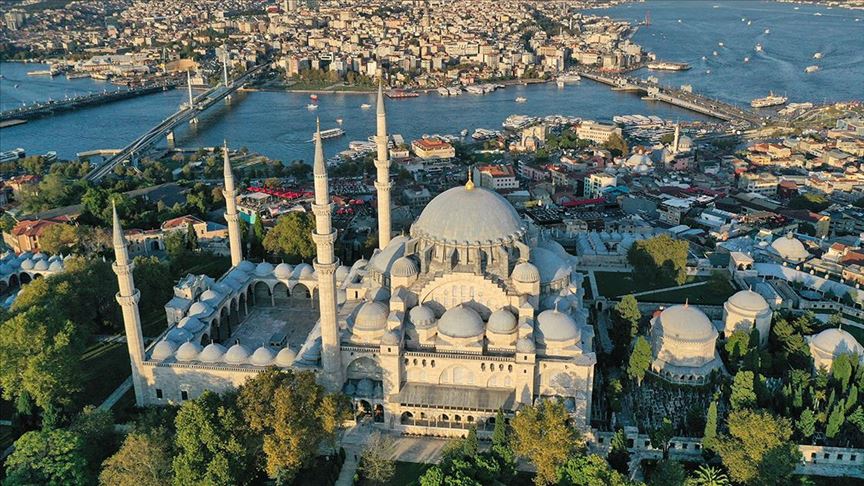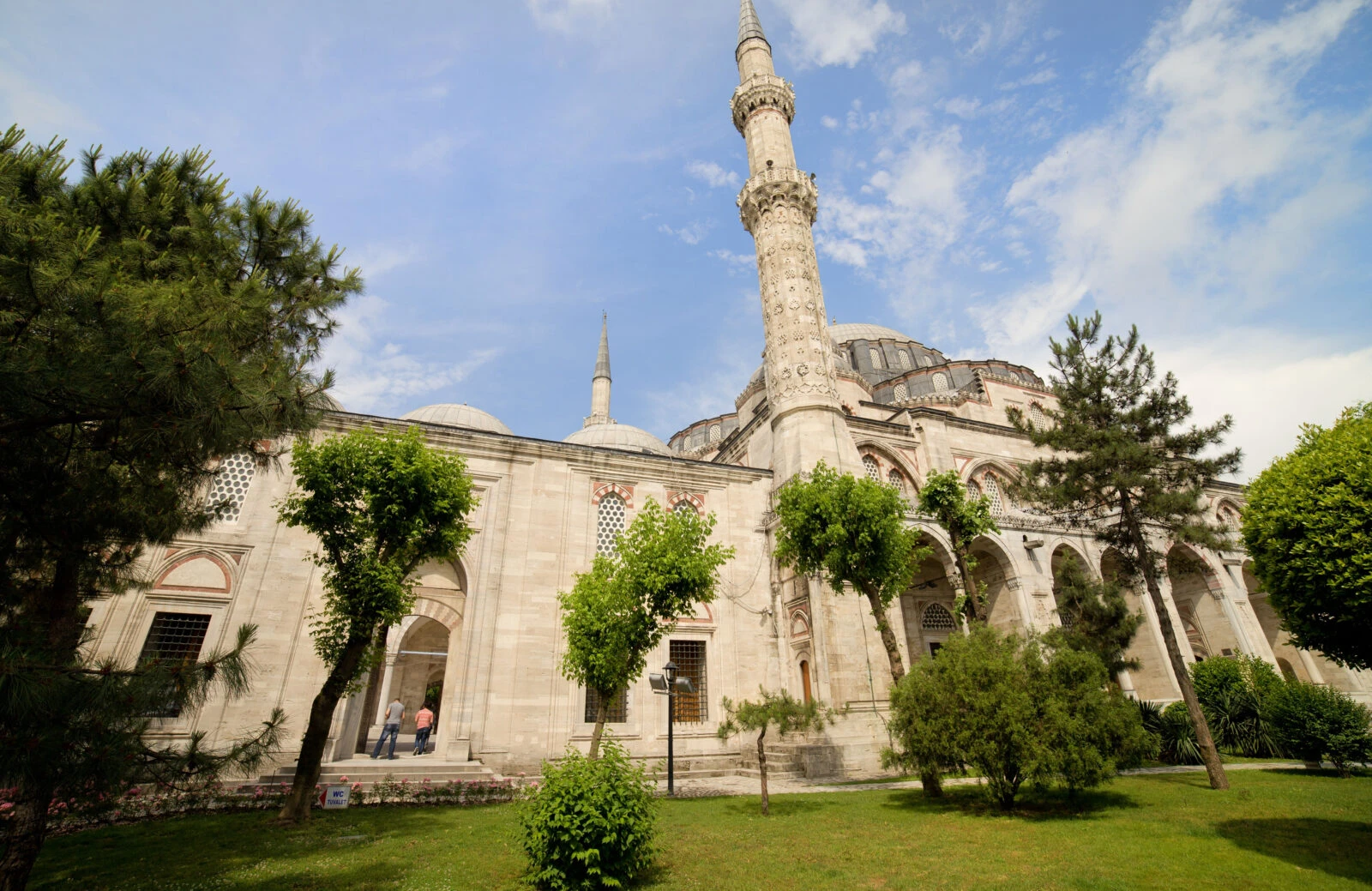Legacy of Mimar Sinan lives on in 350 timeless masterpieces
 A view of the Semsi Pasha Mosque, designed by Ottoman imperial architect Mimar Sinan and located in the large and densely populated district of Uskudar in Istanbul, Türkiye, April 8, 2025. (AA Photo)
A view of the Semsi Pasha Mosque, designed by Ottoman imperial architect Mimar Sinan and located in the large and densely populated district of Uskudar in Istanbul, Türkiye, April 8, 2025. (AA Photo)
Mimar Sinan, the chief architect of the Ottoman Empire, left behind a remarkable legacy that has stood the test of time. Known for his unparalleled craftsmanship, engineering prowess, and architectural vision, Sinan’s works are spread across the vast geographies once ruled by the Ottomans.
As the world commemorates Mimar Sinan and Architect’s Day on April 9, art historian Suleyman Faruk Han Goncuoglu sheds light on the legacy of this architectural genius.

From janissary to genius architect
Born into humble origins and brought to Istanbul during the reign of Sultan Selim I through the devsirme system, Sinan rose through the military ranks to become a janissary during the rule of Sultan Suleiman I. After proving his talent during military campaigns in Belgrade (1521) and Rhodes (1522), his architectural journey took off.
Over a 50-year career, Mimar Sinan designed, constructed, and restored more than 350 structures. These include 82 mosques, 52 masjids, 55 madrasas, 20 caravanserais, 10 bridges, six aqueducts, 36 palaces and many more. His architectural evolution was self-defined through three of his greatest works: Sehzade Mosque (1548), his “apprenticeship work”; the iconic Suleymaniye Mosque (1557), his “journeyman work”; and the Selimiye Mosque in Edirne (1575), his ultimate “masterpiece.”

Center of excellence: Istanbul
Despite building across the Ottoman geography, Sinan’s most detailed and personally managed projects were centered in Istanbul. Goncuoglu emphasizes that from the laying of foundations to the final keystone, these constructions reflect Sinan’s direct involvement.
One of his earliest works was the now-destroyed Husreviye Mosque and Complex in Aleppo. Later, as the empire’s chief architect, Sinan constructed the mausoleum of Barbaros Hayrettin Pasha in Besiktas—his first tomb project in this prestigious role.

Earthquake-resistant structures inspired by ancient civilizations
Sinan is admired not only for his aesthetic mastery but also for his structural innovations. Goncuoglu explains that Sinan designed his buildings like pyramids—wide at the base, tapering upward—which made them incredibly resistant to earthquakes. This reverse-pyramid foundation technique reflects his deep understanding of earlier world architecture and engineering.
“Sinan was not just an architect,” notes Goncuoglu. “He was a carpenter by training, and later functioned as a structural engineer, urban planner, environmentalist, and even sociologist.”

Mimar Sinan: Architect who bridged civilizations
His ability to synthesize elements from various civilizations into a cohesive architectural language earned Sinan the title “Architect Who United Civilizations.” His legacy, Goncuoglu argues, is not just a collection of magnificent structures but a comprehensive contribution to the evolution of architecture and urbanism in the Ottoman world and beyond.

Unraveling myths from reality
Despite his enduring influence, Sinan’s life has been the subject of myths and legends. Goncuoglu criticizes the over-romanticized narratives, particularly the claim that Sinan fell in love with Mihrimah Sultan. He calls such stories unrealistic and rooted in misunderstanding. “Suggesting a love story between a 78-year-old Sinan and a 13-year-old princess is not just inaccurate—it’s physically and logically implausible,” he states.
Similarly, the belief that birds do not perch on the Semsi Pasha Mosque (the mosque with no birds on it) is often attributed to mystical explanations. Goncuoglu clarifies that it’s actually due to the northern winds in the area, which make it difficult for birds to land—a calculated atmospheric decision by Sinan himself.

From forgotten figure to national icon
It wasn’t until the early years of the Republic that Mimar Sinan began to be studied scientifically. In 1935, Mustafa Kemal Ataturk initiated research on Sinan and commissioned the creation of his first statue. This marked the beginning of modern efforts to properly document his legacy.
“Today, Sinan’s works are still copied down to the exact proportions,” says Goncuoglu. “Whether this reflects architectural progress or a lack of innovation is up for debate—but one thing is clear: Sinan solved problems in architecture and remains a role model.”



